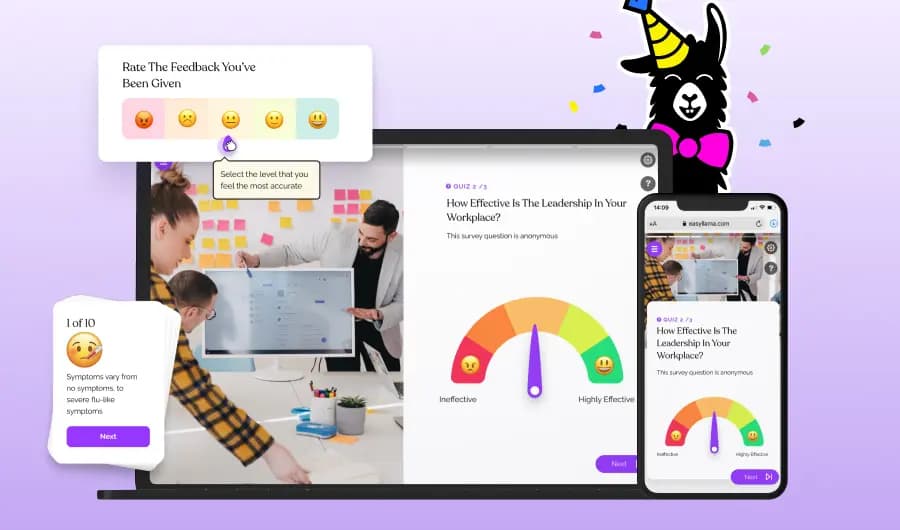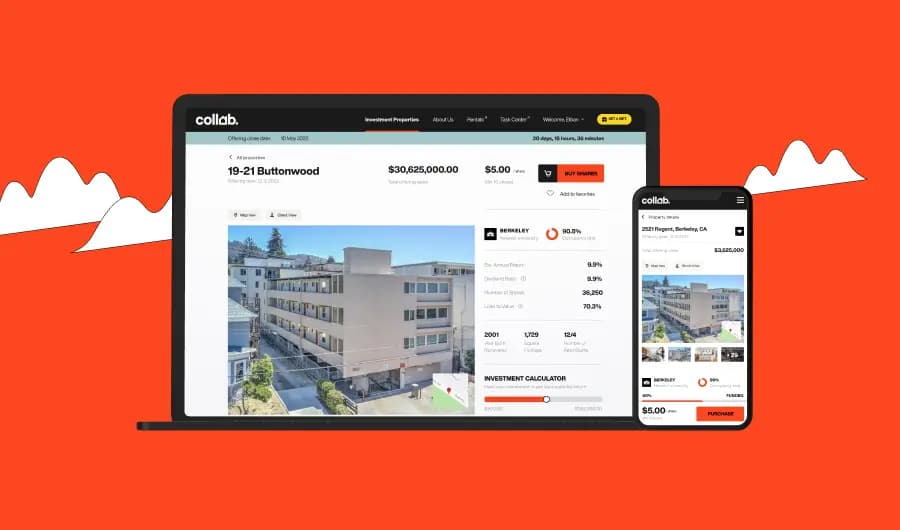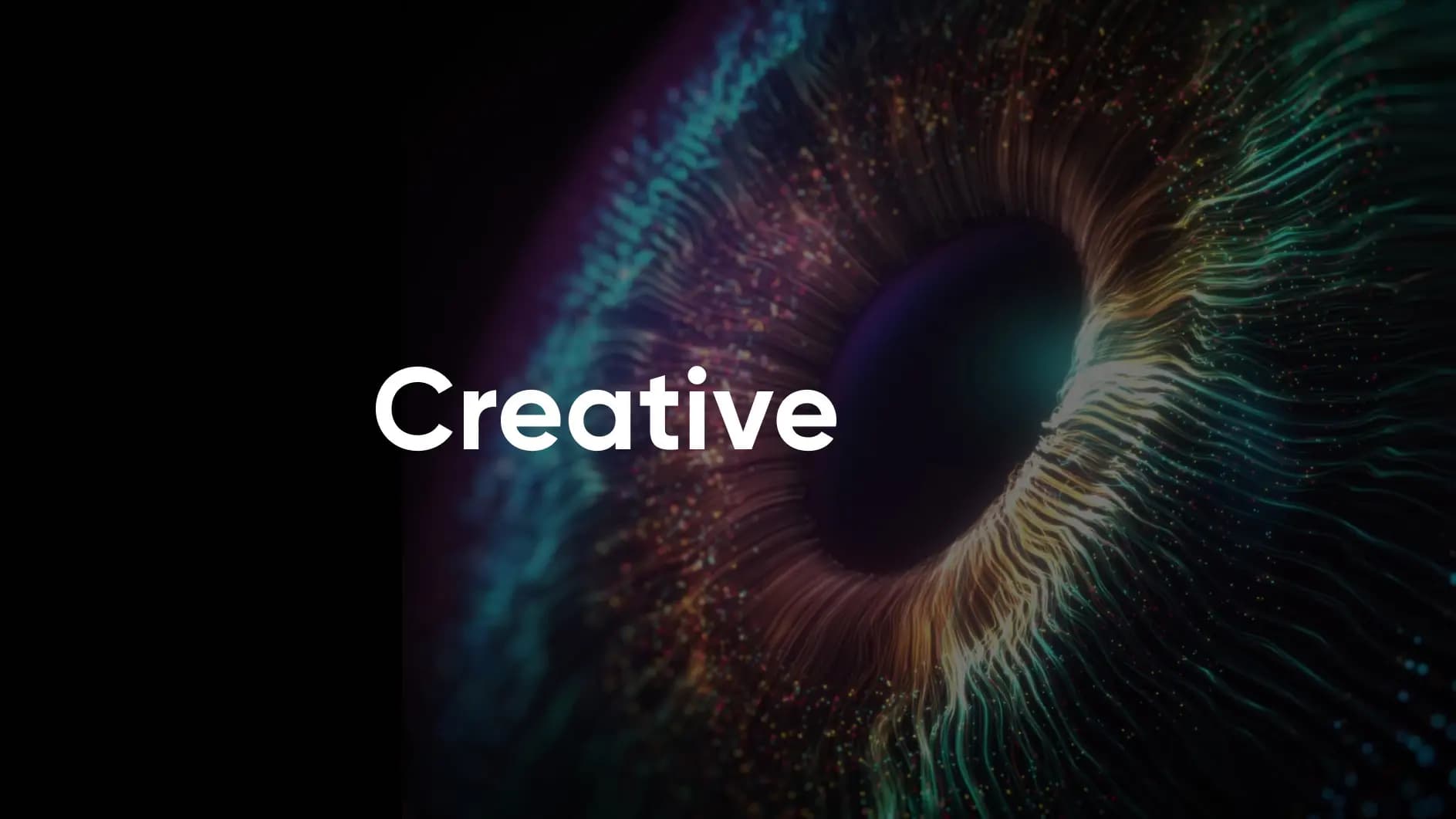
Creative
How User Research Creates Value
When it comes to building a product, executing a successful go-to-market (GTM) strategy, or growing an existing business venture, getting to know your customers is critical part of the product strategy. While sometimes an afterthought, intentional user research should be utilized very early, and much further upstream. In this article, we’ll explain what it is, and how it will create value within any stage of the product lifecycle.
What is User Research?
User research, or “design research,” as it’s sometimes called, covers a wide range of methods. It can mean anything from doing ethnographic interviews with your target group, to classical usability studies, to quantitative measurements of return on investment (ROI) on your user experience design. What all user research has in common is that it helps place people at the center of your design process and your products. You use user research to inspire your design, to evaluate your solutions, and to measure your impact. User research (and other kinds of research) is often divided into “quantitative” and “qualitative” methods.
- Surveys and formal experiments such as A/B testing and tree testing are examples of quantitative research tools. Quantitative user research methods seek to measure user behavior in a way that can be quantified and used for statistical analysis.
- Interviews and (to some degree) usability tests are examples of qualitative research tools. These are often more exploratory and seek to get an in-depth understanding of the experiences and everyday lives of individual users or user groups.
Each research method has benefits and drawbacks. As such, each can be used for achieving different goals. Which method you choose depends on what you want to achieve as well as a number of practical concerns, such as what type of project you are working on, your budget and your time constraints.
With that in mind, let’s look at some different reasons for why you should involve users in your product strategy, design process and project roadmap:
- Understanding user needs: User research helps to uncover the needs, desires, and pain points of your target audience. By directly engaging with users and gathering insights, you can gain a deeper understanding of their motivations, preferences, and behaviors. This knowledge allows you to design products, services, or experiences that effectively address those needs.
- Improving user experience: User research helps in designing user-centric experiences. By involving users throughout the design process, you can identify usability issues, discover areas for improvement, and validate design decisions. This leads to creating products or services that are intuitive, enjoyable, and meet user expectations, ultimately resulting in a better user experience.
- Minimizing assumptions and biases: User research helps to reduce assumptions and biases in the design and development process. It provides evidence-based insights that help you make informed decisions rather than relying solely on assumptions or personal opinions. By validating your ideas and assumptions through user feedback, you can reduce the risk of building products or features that do not resonate with your target audience.
- Identifying market opportunities: User research can uncover new market opportunities or unmet user needs. By closely observing user behaviors, conducting surveys or interviews, and analyzing user feedback, you can identify gaps in the market and discover areas where your product or service can provide unique value. This allows you to stay ahead of the competition and create innovative solutions that meet the evolving needs of your users.
- Reducing development costs and risks: User research helps in mitigating the risks associated with product development. By conducting research early in the process, you can identify potential issues or challenges and address them before significant investments are made. This iterative approach saves time, money, and resources by avoiding the need for extensive redesigns or costly fixes later in the development lifecycle.
- Enhancing product adoption and satisfaction: Understanding user needs and preferences through research enables you to design products that align with user expectations. By providing a positive user experience and meeting user needs, you increase the likelihood of user adoption and satisfaction. Satisfied users are more likely to become loyal customers, recommend your product to others, and contribute to the growth of your business.
Conduct Research Early & Often
You can — and should — do user research at all stages of product development. Do studies before kicking off design to get an understanding of what your target group needs; carry out iterative tests during development to ensure that the user experience is on track, and measure/validate the effect of your product after it is released. This “holy trinity” approach can keep you three steps ahead as every dimension of your release will have been considered, analyzed, and tested before you sit down to see the results of the ultimate test (the ROI), more confident that you’ve got a winning design.

Research Goals Lead to Actionable Insights
Data collected from intentional user research fulfills an obvious objective: to provide actionable insights.
Though stakeholders may not have the outcomes of their intended research pre-defined, it is important to understand what goals the research effort should serve. Is the intent to validate a hypothesis? Confirm usability of a user flow? Measure affinity of a design? A/B test the location of one button location vs. a different location? Gain consumer feedback on why they prefer one product feature over another? Having stakeholder alignment on the goals of the research will help define which contextual methods of data capture should be used, and how the findings (insights) should be presented.
Below is a graphic illustrating the journey that data traverses from being raw behavioral feedback, to actionable insights for stakeholders. Notice that the raw data from different users (far left) is collected, then refined, then presented objectively along with recommendations? These objective recommendations make up the “actionable” aspect of “actionable insights.”

Overall, user research empowers businesses to make informed decisions, design and build products that resonate with their target audience, de-risk a product or feature launch, and even optimize services and operation of an aging solution. It helps bridge the gap between what businesses assume users want and what users actually need, leading to better products, improved customer satisfaction, and business success.
User Research In Practice
User research is an incredibly versatile tool that can be tailored to meet the unique needs of any product. No matter what business you're in, understanding the needs and preferences of your users can make all the difference. To illustrate this, here are three real-life examples of how user research added value to our clients.
EasyLIama
EasyLlama was founded in 2019 with a mission to equip companies with engaging training that promotes a safe, inclusive, and equitable work environment for all. The company was established during the #MeToo movement with the aim of addressing critical workplace issues related to harassment and discrimination.
EasyLlama aims to provide a new era of compliance, leadership, and safety training that is easy, engaging, and interactive. By offering superior employee training courses that engage employees with thought-provoking scenarios, real-world topics, gamified learning experiences, and workplace applications, EasyLlama’s mission to support businesses of all sizes and industries in educating, inspiring, and empowering their diverse teams is quickly reaching fruition.
Over the past several months, the executive team at EasyLlama partnered with Scalio to design and develop two new features: Data Dashboards and Learning Journeys.

Business needs
Having surveyed the competitive landscape and partnered closely with their sales & marketing teams, the platform stakeholders were well-advised on the needs of their most important users. Having strong hypothesis in place for which features held the highest affinity, the primary business objective of this research was to gather qualitative feedback to validate and de-risk the proposed feature roadmap, assess users' interest in these additions, and identify the data elements that hold significant value for their needs and preferences.
What were the goals of the research?
- Capture actionable feedback on consumer affinity for the “Data Dashboard” and “Learning Journey” features.
- Get guidance on effective data and insight strategies to enhance user engagement, retention, and monetization.
- Receive impression and qualitative feedback on upcoming feature strategy, and source any recommendations from a spectrum of current users (from small businesses all the way to enterprises).
- Capture any feedback that might inspire alternative feature proposals, or opportunities for platform improvements that might be “low-hanging fruit.”
Research methodology
For our research method, we conducted one-on-one interviews with current EasyLlama customers that held the role of “Admins,” those end-users that controlled the platform and assigned training to their staff. Note that these interviews were facilitated with managers from various company sizes and industries. This approach allowed us to gain a deeper and more nuanced understanding of our users' perspectives and experiences while validating a few crucial concepts.
Interviewees were asked questions on the following topic categories:
- How they currently use the product, their affinities, pain points that they might experience, and any recommendations for improvement
- What aspects of a “Data Dashboard” feature would be most insightful in providing training status, benchmarking and opportunities for improvement within their respective workforce
- How a new feature called “Learning Journeys” might inspire additional courses to be assigned to Learners, while serving the goals of the Admins in creating a workforce that is compliant, aware and more connected to one another

Output
All of the data captured from the interviews was cataloged into a data table, reviewed, and distilled into a robust research report that presented the findings to the executive team. This report included an executive summary of the participants, key takeaways, valuable insights, and recommended next steps.
Impact
The user research conducted on Easy Llama dashboard had proven instrumental in driving product decisions, design changes and user experience improvements. 2 weeks of thoughtful user research allowed all teams - including content, education, product and design - to make informed strategic decisions that would be executed over the following 6 months of production. The findings and recommendations provided validation to several stakeholder hypothesis, a clear hierarchy of needed features, and helped define a roadmap that would yield the most impactful growth opportunities for the platform. Specific functionality was outlined to enhance usability, personalization, and compliance for EasyLlama clients while driving revenue and unlocking new business opportunities for the platform.
Collab
Collab believes that increased access to the world of investing is beneficial for everyone. With its most recent initiative, the firm aims to provide access to historically stable and high-performing investment opportunities in student housing through a unique, decentralized approach to property management. Collab partnered with Scalio to transform its concept into a reality through a fully-customized real estate investment platform.

Business needs
The primary business objectives of this research were to assess Collab's aesthetic elements and product positioning within the targeted market segment, and evaluate the user experience focused on the core user flow of signup to the purchasing of shares. It was essential to identify and then resolve potential issues that could adversely impact customer satisfaction and engagement - notably in the user’s journey towards the conversion event of purchasing shares - before the product launch and deployment of significant user acquisition spending.
What were the goals of the research?
- To measure, validate and optimize new user (investor) flows for creating accounts, browsing investment offerings, investor verification, and the purchase of shares.
- Obtain and measure quantitative and qualitative feedback on the product aesthetic & overall user experience.
Research methodology
For this project, we conducted asynchronous, digitally recorded impression and usability tests with 40 testers. Participants were carefully sourced via an online user testing platform, and were separated into two cohorts based on age, which let us learn common and unique needs & insights for both groups.
Once the test began, test participants were directed to the Collab website and investment platform, where they participated in one impression test, and one usability test, respectively.
An impression test is a great way to gather users' initial thoughts and feelings about a product or design. These tests are usually conducted within the first few seconds of exposure and can reveal the product's immediate appeal, perceived value, and how well it meets user expectations. Usability tests, on the other hand, focus on understanding how users interact with a product or interface, its ease of use, and any obstacles that users face while performing tasks. We gave the users a sterile prompt, and observed how they fulfilled the requirements.
Testers were tasked with engaging in three specific activities:
- Conduct a quick site overview and provide feedback on the site's appearance, underlying purpose, and services.
- Participating in a set of tasks to fulfill user signup, browsing of assets, and purchase flow within the product.
- Express their investment preferences, highlighting what aspects they find most beneficial in their investment decision-making process, and share what inspires them to invest.
At the conclusion of the 20-minute test, the participants were provided a survey questionnaire where they answered metered questions, and provided feedback on opportunities for improvement or optimization.
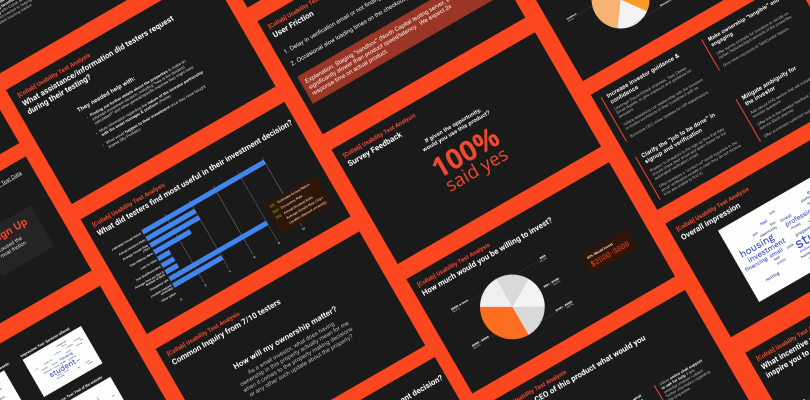
Output
All of the data captured from the interviews was cataloged into a data table, reviewed, and distilled into a robust research report that presented the findings to the executive team. This report included an executive summary of the participants, key takeaways, data visualizations, valuable insights, and recommended next steps.
Impact
During the user research phase, we conducted stress-testing on the core user flow of the product, identifying pain points and gathering valuable insights that allowed stakeholders from marketing, design and product teams to optimize the user flow towards the primary conversion event (purchasing shares). Conducting impression tests on our website's marketing materials allowed stakeholders to adjust our product positioning to better align with customers’ expectations. By understanding how target customers perceive our product, we made necessary changes to improve their experience and satisfaction.
Phoenix Capital
Phoenix Capital is a family-owned firm specializing in oil and gas, providing its clients with property acquisitions and investment opportunities. In addition, Phoenix Capital offers lasting solutions that influence future financial stability, creating opportunities for clients and investors to achieve market-leading interest rates. Scalio and Phoenix Capital collaborated to create an internal specialized asset management platform that serves multiple departments within the firm.

Business needs
The Phoenix Capital Team is developing a revolutionary new internal platform, so it was important to identify and address any potential risks associated with the end-user experience, and validate the current design before full platform development was kicked off.
What were the goals of the research?
- Gather valuable feedback from the actual end-users across different departments.
- Observing, documenting, and resolving pain points.
- Suggesting additions or improvements to the existing paradigms.
- Identifying potential considerations for future feature implementations that may create value.
Research methodology
Scalio Designers leveraged existing, stakeholder-approved product designs to create an interactive prototype of the core user flow.
We then performed usability tests with the product's key users using an interactive Figma prototype to collect valuable insights on user behavior and preferences before commencing development work.
An interactive prototype is a tangible and functional representation of a digital product's user interface. It allows users to interact with the design as if it were an actual website: click on buttons, navigate through different screens, input data, and experience the interface's responsiveness to their actions.
Note that no Engineering or Developer dependencies were required, as the prototypes were built in Figma using designer-friendly component linkage. An example of the no-code prototype and the component linkage is seen below:
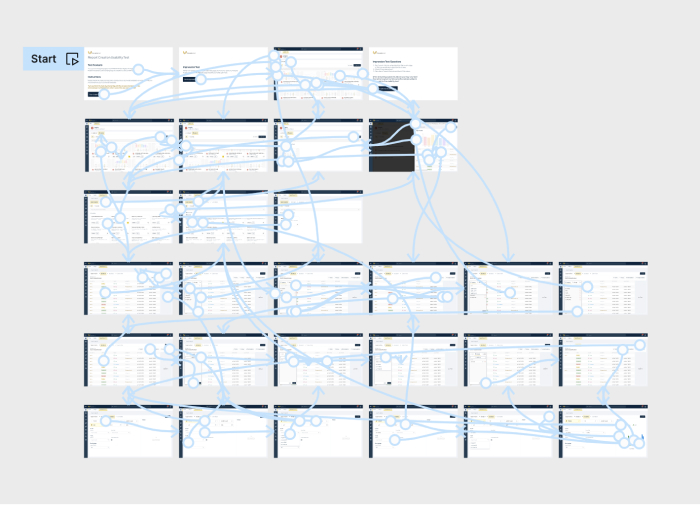
Use of interactive Figma prototypes offer significant advantages for user research, including enhanced user engagement, providing a realistic experience that elicits meaningful feedback in a contextual setting. They save time and costs compared to building a complete product, enable swift integration of user feedback, and allow for early validation of design concepts. Figma's collaborative features also facilitate remote testing, making it convenient for distributed teams and diverse user research.
Testers were assigned three specific activities:
- Conduct a comprehensive evaluation of the product's visual aesthetics and accessibility.
- Participate in a set of tasks to complete critical actions.
- Perform validation of the presented data, propose valuable additions, and communicate identified pain points.
Output
All of the data captured from the interviews was cataloged into a data table, reviewed, and distilled into a robust research report that presented the findings to the entire project team or product owners, engineers and designers. This report included an executive summary of the participants, key takeaways, valuable insights, and recommended next steps.
Impact
Thanks to this research, Scalio and Phoenix Capital Teams were able to save significant development revision costs in the future by validating our current implementation. The end-user experience was improved by incorporating more accessible visual elements into the platform. In addition, the project Team was able to establish an open communication channel with platform users across multiple departments, empowering them to provide valuable feedback that bolsters internal adoption and engagement.
Reflections & Conclusion
User research plays a crucial role in the world of product development - at any stage of the product lifecycle. For product owners, there are often as many unknowns as there are assumptions, with great risks that might impact budgets, competitive advantage, and millions of users (new and existing).
Intentional user research provides actionable insights that off-set these risks, addresses the unknowns, and offers a deep understanding of what users want and need, while helping to shape successful strategies. Through various research methods, product owners - not just designers - can gain insights and illuminate the path toward creating a product that resonates with users and achieves business objectives, effectively allowing subjective and objective data to validate, inspire and direct all at the same time.
It's important to remember that user research is not a one-size-fits-all process, but rather a flexible toolkit that can be adapted to suit different project needs and business contexts. By unlocking the potential of user research, we can transform uncertainties into opportunities, and turn aspirations into realities.
__
Learn more
If you are interested in learning more about user research best practices, and how these methodologies can create value for your firm and its unique ecosystem of products, services or features, refer to these insightful links below, or send a friendly hello to us.
- UX Research Cheat Sheet by the Nielsen Norman Group
- When to Use Which User-Experience Research Methods by the Nielsen Norman Group
- Usability Testing 101 by the Nielsen Norman Group
- Checklist for Planning Usability Studies by the Nielsen Norman Group
Lawrence Valenti
Managing Partner | Chief Creative Officer
Email: [email protected]
LinkedIn

